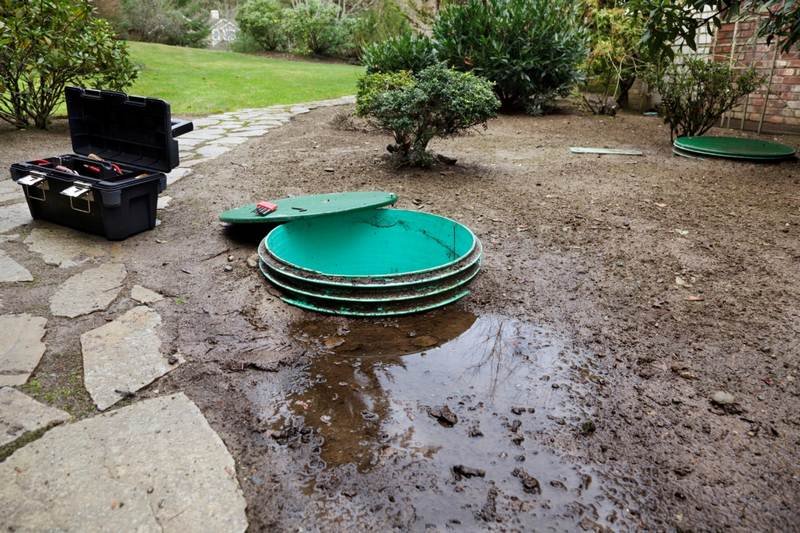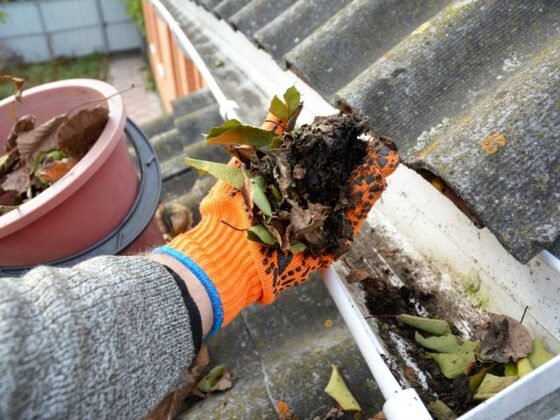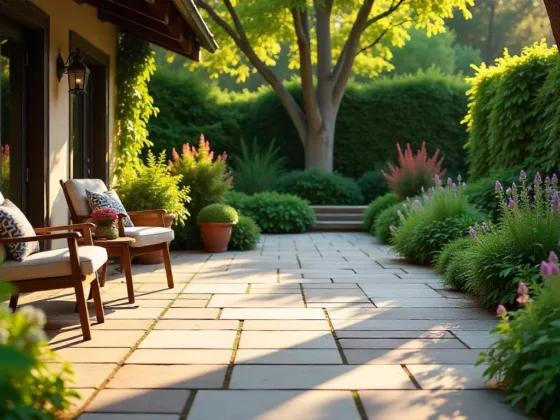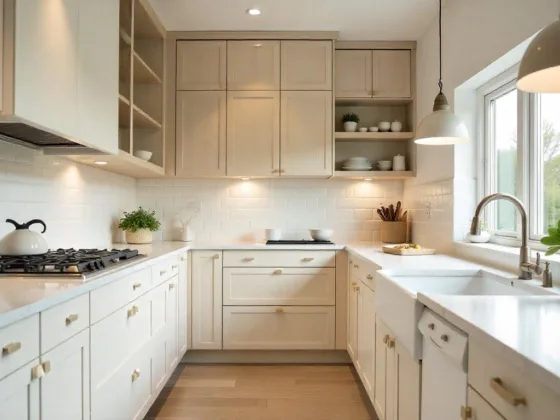Table of Contents Show
When was the last time you talked to someone about your septic system? It’s a sensitive subject for some people. After all, not many people feel comfortable talking about waste.
If you don’t believe it, just ask this question at your next dinner party—how does a septic system work? Either you’ll face an awkward silence, or you’ll have a lively discussion sprinkled with jokes and sheepish giggles.

No need for shyness here—we’re not embarrassed to talk about septic systems. If you’re curious about septic tanks and drainfields, take a minute and read today’s post.
Read Also:
Are You Sure You Have a Septic System?
If you’re in the process of buying a home or you’re new to the neighborhood, it’s a good idea to know whether you have a septic system or you’re water comes from the public system.
There are some tell-tale signs you own a septic system.
Most homeowners get their water from municipal sources. If you live in a rural area, you probably use well water. If you have well water, you have a septic system.
Another sign of a septic system is the absence of a water meter on the waterline coming into your home. You’ll also notice your water bill doesn’t include an amount charged for sewer.
If all else fails and you’re still not sure, ask your neighbors. If they have septic systems, probably, you do too.
Common Septic System Components
No matter where you live, septic systems consist of the following:
- Septic Tank
- Drainfield
- Soil Absorption Field
You’ll also find pipes, a distribution box, and in some systems, an effluent filter.
Household wastewater from your home flows through a pipe to your septic tank.
How Does a Septic System Work?
First, all wastewater from your home runs from a drainage pipe into the septic tank. This pipe is similar to the main sewer line in homes connected to the city sewer system. You can’t see the septic tank because it’s buried underground.
The tank, usually made from concrete, polyethylene, or fiberglass, only holds the wastewater until any solids settle at the bottom. Solids form sludge while oil and grease form scum that floats on top.
At this point, you have liquid wastewater, called effluent. Effluent eventually ends up in the drainfield.
If you have a gravity-fed system, wastewater exits the septic tank through a distribution box.
The box distributes the wastewater evenly into a series of perforated pipes. The drainfield pipes allow the pre-treated wastewater to filter through the soil.
More About Drainfields
The drainfield is a mini water treatment plant. Its primary role is the filtering of impurities and contaminants from the septic tank wastewater. Wastewater enters the drainfield whenever new wastewater enters the tank.
You don’t want too much wastewater in the drainfield. If there’s an overload, you risk a flood and the potential for sewage flowing to the ground surface. You could also experience backups in toilets, sinks, and tubs.
Many states require homeowners to have a reserve drainfield—an area on your property where you can excavate a new drainfield system if your current drainfield fails.
Keeping Your Septic Tank Healthy
Remember earlier when we mentioned sludge and scum? While the liquid wastewater, or effluent, makes its way to the drainfield, sludge and scum remain behind in the tank. Septic tanks have a t-shaped outlet, which prevents the sludge and scum from leaving the tank.
Sludge doesn’t just melt away. Sludge and scum form a layer that builds up in the tank. That’s why you must schedule routine septic cleaning.
You should inspect the system every 2-3 years. An inspection includes an assessment for leaks and clogs. The septic service provider will also measure the sludge and scum level.
How often you need cleaning depends on several factors, including the number of people living in your home, how much wastewater you generate, and the size of the septic tank.
Are you wondering if cleaning the septic system is a good DIY project?
Even if you love home improvement and maintenance projects, it’s best to leave cleaning the septic system to a professional.
They will pump out the sludge, transport, and dispose of it. It’s a messy job and strictly regulated by federal standards.
Septic System Maintenance Tips
You can do several things to keeping your septic system healthy and functioning well. Proper maintenance can also extend the time between cleanings.
First, you can increase water efficiency. Limiting the amount of wastewater entering the system at one time should improve the way your system functions.
Installing high-efficiency toilets is one way to reduce water usage. Don’t ignore leaks and drips—make repairs as soon as possible when they’re detected.
Finally, pay attention to how you dispose of waste, especially what you flush or allow to go down the drains in your home. Even food particles you process in the garbage disposal impact your septic system and affect your maintenance schedule.
What Do You Have Growing in Your Yard?
If you’re new to using a septic system, you may not realize some plants just don’t work in your yard. More specifically, they don’t work in the area near your drainfield.
You do want to plant grass or groundcover over the drainfield to help keep the soil together. This helps prevent water erosion. Grasses and groundcover also utilize excess water, which allows the drainfield to do its work.
Having a septic system doesn’t mean you can’t have lovely landscaping, but you will need to pay attention to what you plant.
Trees and shrubs with shallow roots work best. Consider cherry trees, holly shrubs, or boxwood shrubs. Avoid fast-growing trees and those with aggressive roots that seek water.
Stay away from high maintenance plants. You also don’t want a lot of foot traffic in the drainfield area.
Finally, don’t plant vegetables and other edible plants. It’s not safe to eat food grown in the soil near a drain due to the risk of ingesting harmful bacteria.
Looking for More Articles Like This?
We hope you enjoyed learning about the basics of septic systems. Now, when someone starts a conversation over dinner and asks, “how does a septic system work?” you’ll have the answers.
If you’re interested in reading more articles like this, continue browsing our blog. We’ve put together a collection of articles designed to make owning and taking care of your home more enjoyable.









